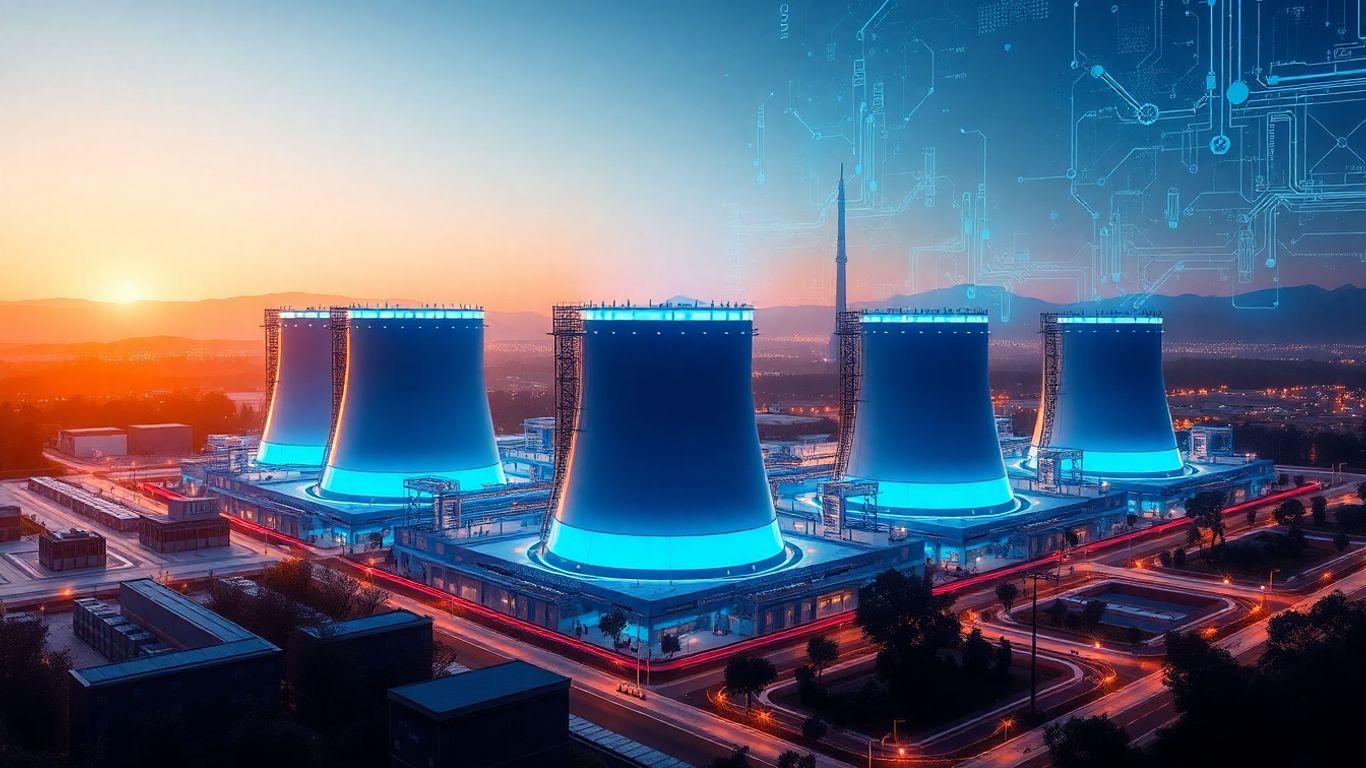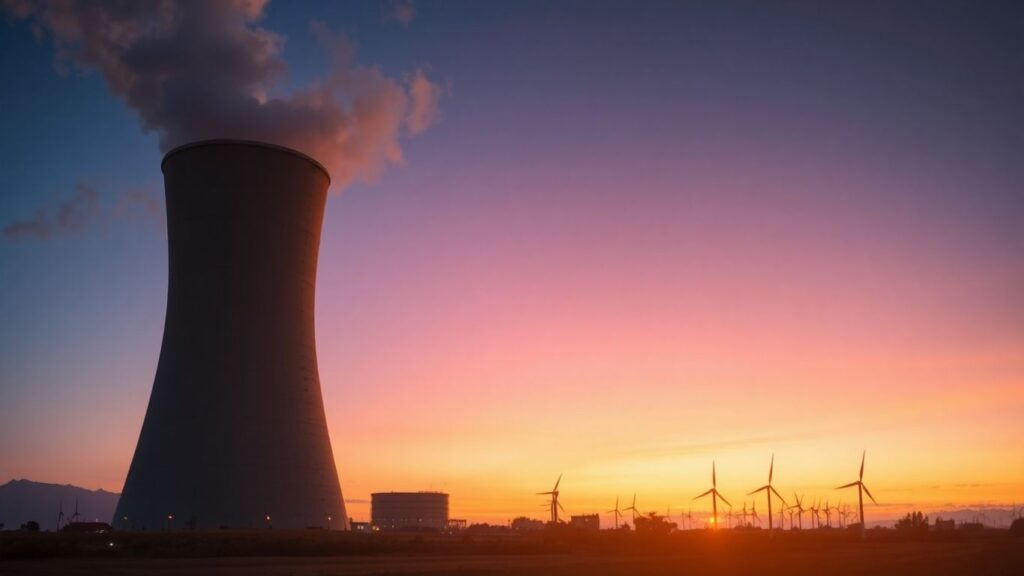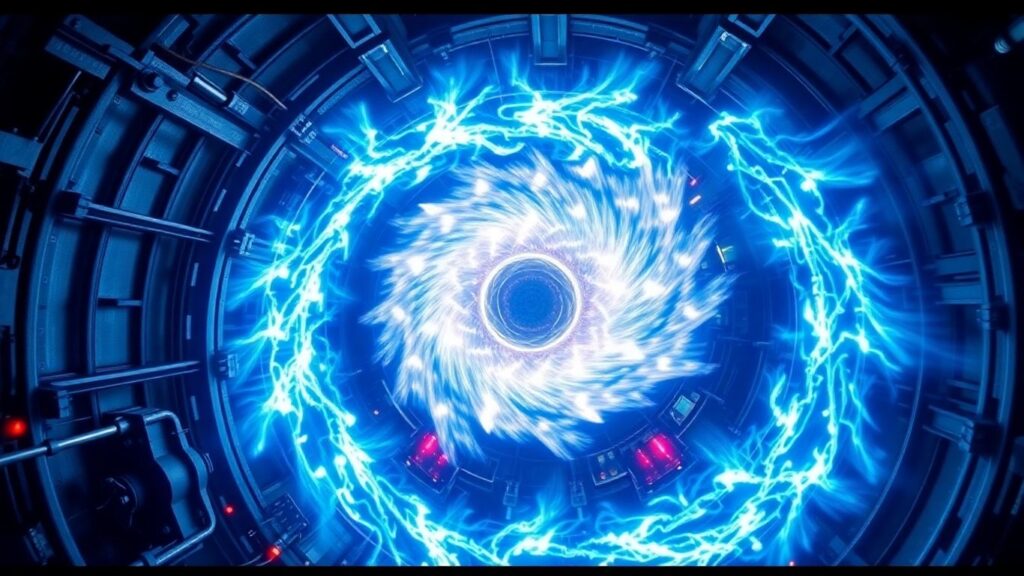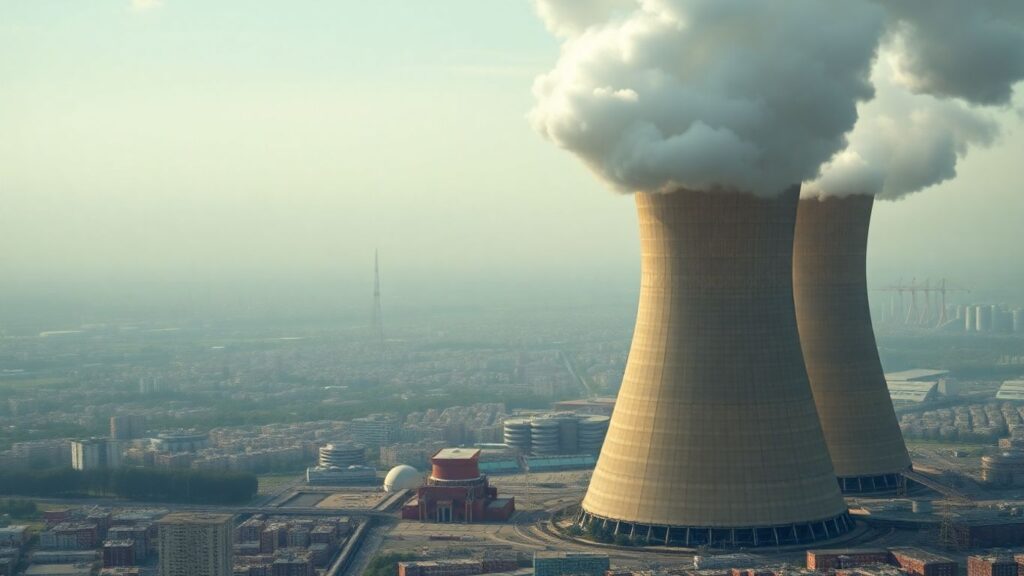Major technology companies, including Microsoft, Google, and Amazon, are making significant investments in nuclear power. This strategic move aims to secure vast amounts of reliable, low-emission energy needed to power the rapidly expanding artificial intelligence sector and meet ambitious climate goals.
Key Takeaways
- Tech giants are investing in nuclear power to meet the escalating energy demands of AI and data centers.
- Nuclear energy offers a consistent, carbon-free power source, aligning with corporate sustainability targets.
- While new advanced reactor technologies are being developed, the timeline for their deployment poses a challenge.
- Companies are also exploring agreements to purchase power from existing nuclear plants to bridge the gap.
The AI Energy Crunch
The insatiable appetite of artificial intelligence for electricity is creating an unprecedented energy demand. Projections indicate that global data center power consumption could surge by as much as 165% by 2030. In the U.S. alone, data center energy needs could reach 400 terawatt-hours by 2030, surpassing the total electricity demand of Mexico. This surge necessitates a reliable and scalable energy solution.
Nuclear’s Appeal for Tech Giants
Nuclear power presents a compelling option for tech companies striving to balance massive energy needs with their commitments to net-zero emissions. Unlike intermittent renewable sources like solar and wind, nuclear plants provide a constant, firm supply of energy, which is crucial for the 24/7 operations of data centers. Furthermore, nuclear energy enjoys broad political support, making it a more stable investment compared to some renewable energy sources currently facing policy uncertainties.
Investing in the Future and Present
Tech companies are pursuing a dual strategy: investing in next-generation nuclear technologies and securing power from existing facilities. Google has partnered with Kairos Power for a long-term power purchase agreement for advanced molten-salt reactors, while Amazon has invested in X-energy, focusing on small modular reactors. These initiatives aim to accelerate the development and deployment of innovative nuclear solutions.
Simultaneously, companies like Microsoft are supporting the relicensing and potential reopening of existing plants, such as the Three Mile Island Unit 1. This approach provides a more immediate source of carbon-free energy while new technologies mature. However, the limited number of existing reactors suitable for extension or reopening means new capacity will ultimately be required.
Challenges and Timelines
A significant hurdle is the timeline mismatch. While AI’s energy demands are immediate, the construction of new nuclear power plants, even advanced modular designs, can take up to a decade. This gap means that many tech companies will continue to rely on fossil fuels, including natural gas plants, in the short to medium term. Experts emphasize that achieving the necessary scale for nuclear power to significantly impact the energy grid will likely not occur until the early 2030s.
A Multifaceted Energy Solution
Industry leaders acknowledge that no single energy source will suffice. A comprehensive approach, integrating wind, solar, energy storage, geothermal, and nuclear power, will be essential to meet both escalating energy demands and climate objectives. The current investments signal a long-term commitment to nuclear energy as a vital component of a sustainable energy future.
Sources
- Big Tech’s big bet on nuclear power, CBS News.
- Can nuclear power really fuel the rise of AI?, MIT Technology Review.












